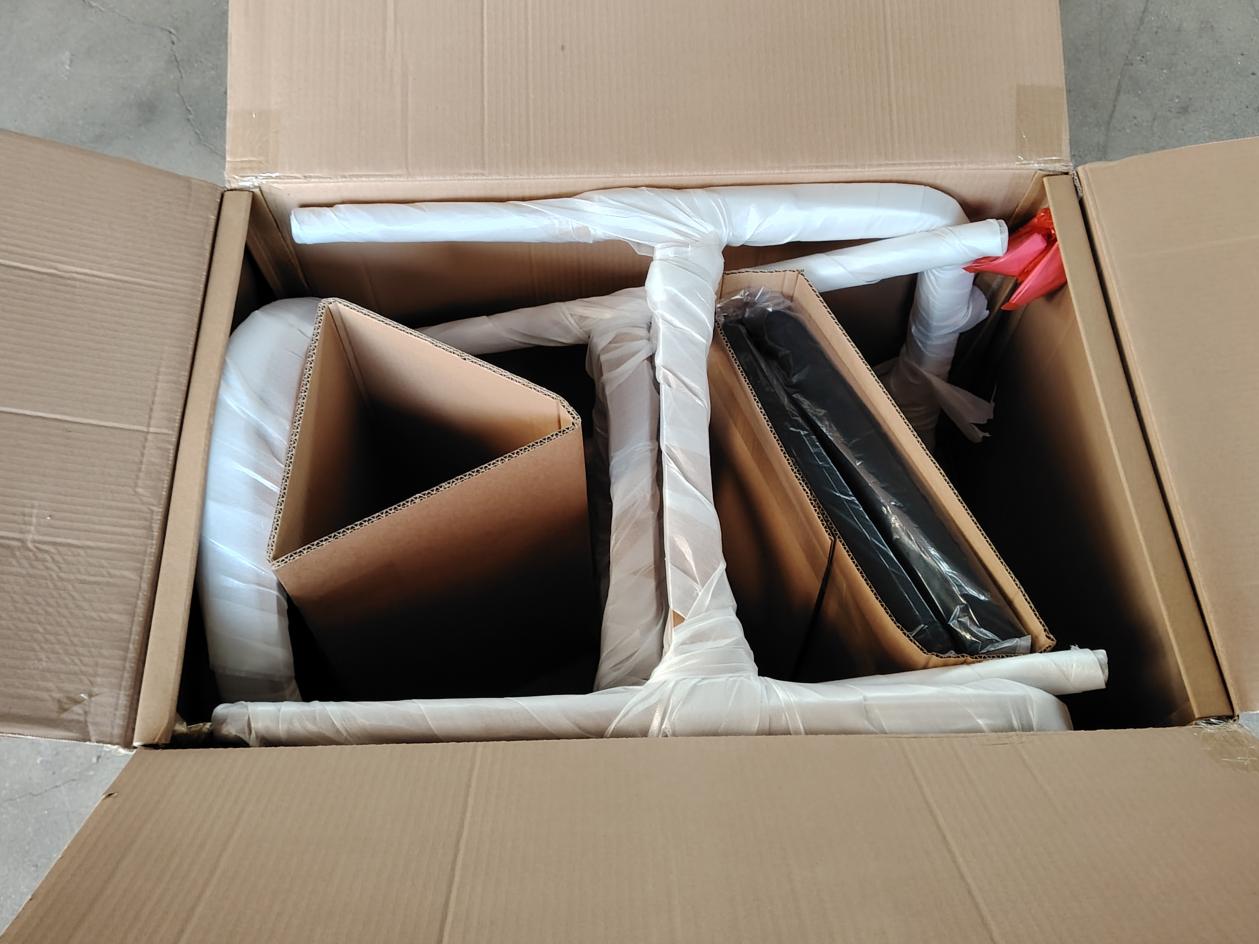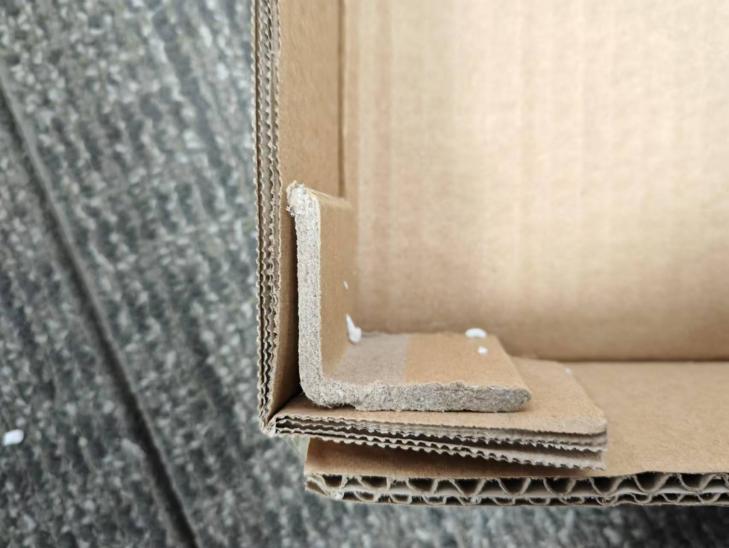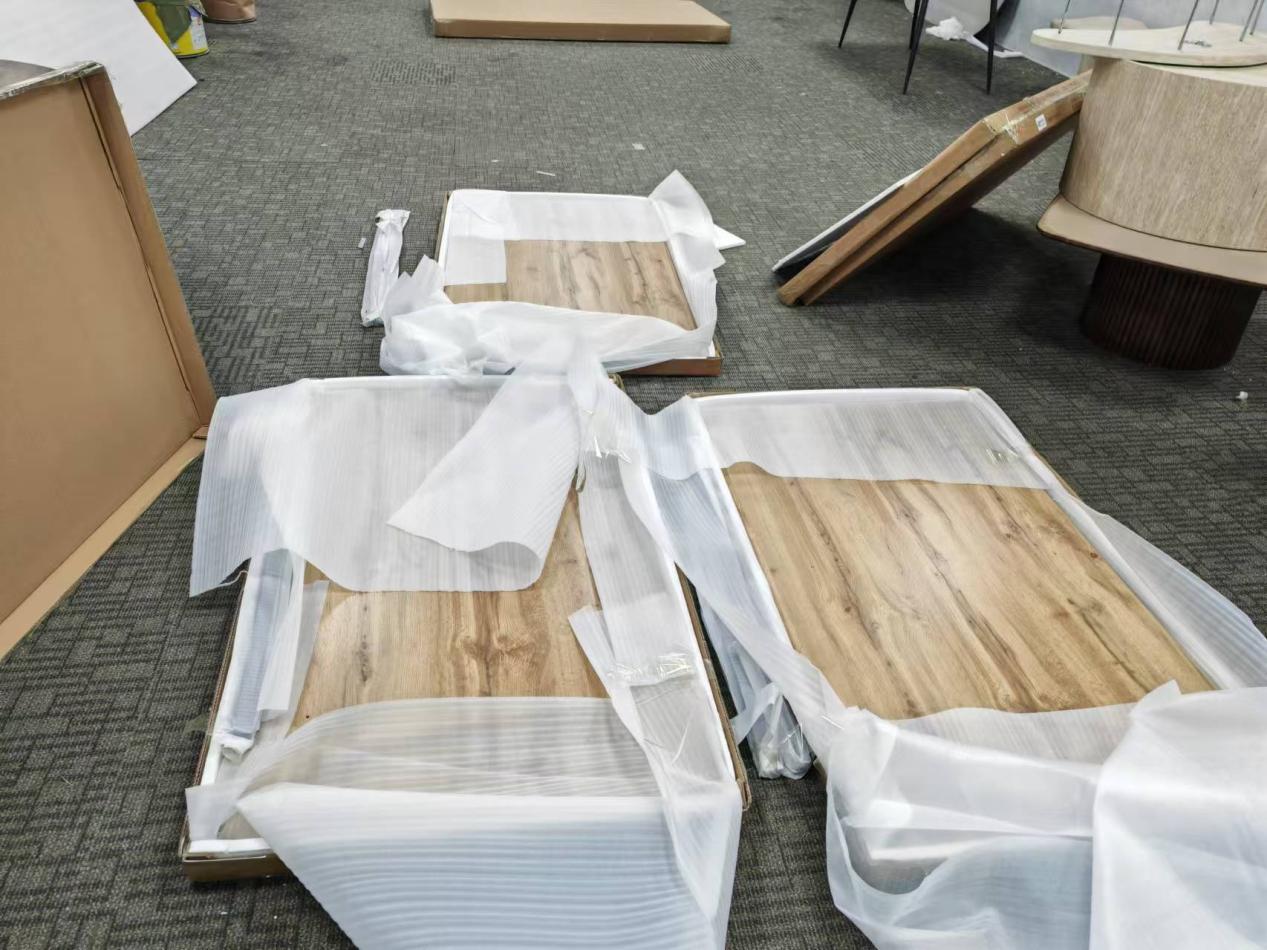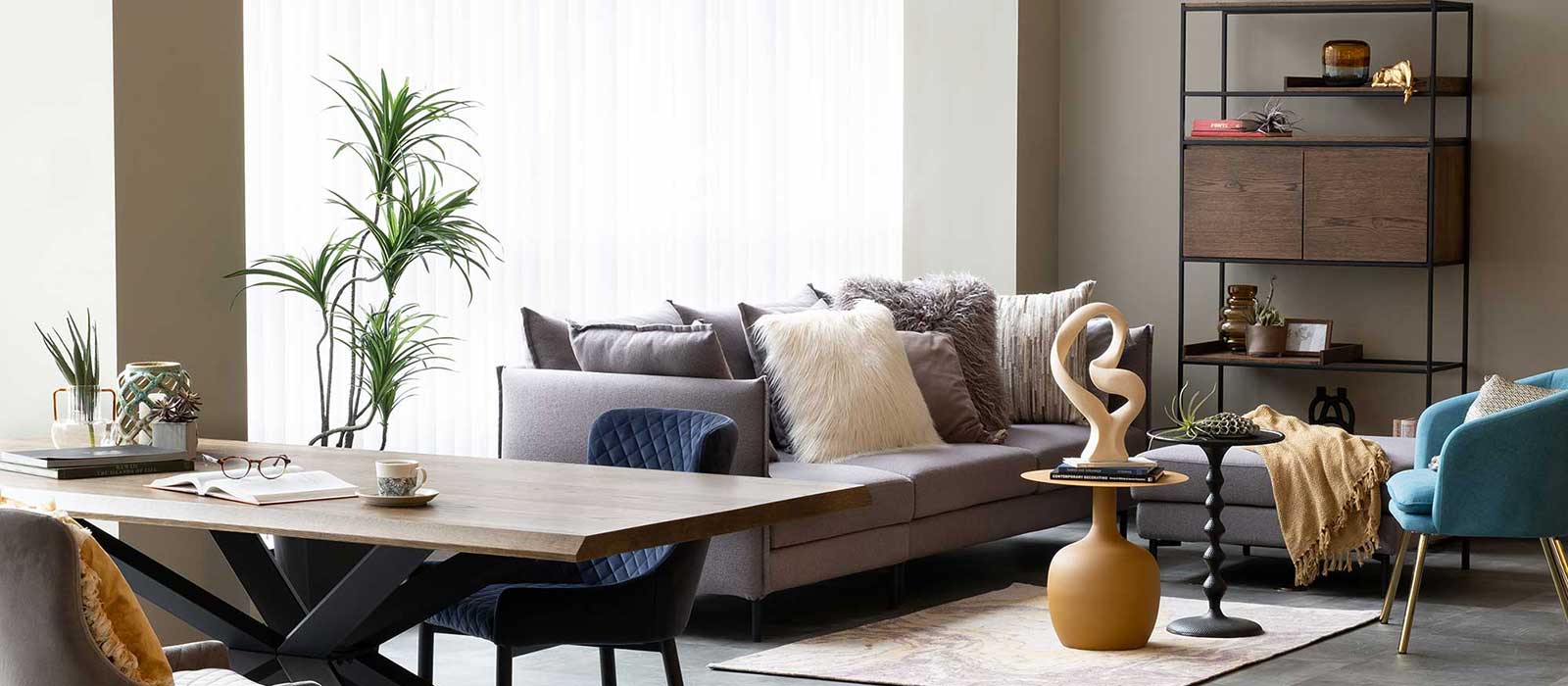Furniture Packaging Methods for Export: Complete Guide

Hey there. If you’re in the furniture business and looking to break into international markets, you’ve likely spent some sleepless nights worrying about how to get your products across the globe without them arriving banged up. I’ve been there—like the time a shipment of dining chairs showed up with scratches that looked worse than a bad breakup. Good packaging isn’t just tossing on some bubble wrap. It’s what decides whether you save money, keep customers happy, and protect your reputation. In this guide, we’ll get into the real details of furniture packaging methods for export. We’ll talk about everything from basic materials to pro techniques, with real tips from people who have shipped thousands of pieces. Stick around, and you’ll end up with a clear plan to keep your goods safe and grow your export business.
Why Proper Packaging Matters for Furniture Exports
Let’s be real—shipping furniture isn’t like shipping small, durable items. Furniture is often bulky, delicate, and heavy. Sometimes really heavy. It’s prone to dents, moisture damage, and worse during long trips. Bad packaging leads to returns, unhappy customers, and extra costs that shrink your profits. On the other hand, doing it right can reduce damage claims by up to 70%, based on data from freight companies. Imagine shipping solid wood tables to Europe. Forget corner protectors, and just like that—your product arrives chipped. That can mean customs delays or even rejected shipments.
Export packaging has come a long way since the 1930s, when businesses used simple wooden boxes. These days, we have advanced materials that are both lighter and stronger. For exporters, this means following international rules like ISPM 15 for wood packaging. This standard requires fumigation to stop pests from spreading. Skip this step, and your shipment could be held at the port. Plus, with worldwide trade growing fast—furniture exports from places like China passed $50 billion last year—delivering perfect products every time is how you stand out. It’s not only about protection. It’s about building trust in a competitive market.
Understanding Furniture Types and Their Packaging Needs
Not all furniture is the same when it comes to packing. What works for a sleek coffee table might not work for a soft sofa. Let’s go through the main categories, based on common export issues I’ve seen over the years.
Solid Wood Furniture
Solid wood items, like oak dining tables or ash chairs, are strong but can easily get scratched, warp from humidity, or crack from impacts. For export, take them apart when you can—remove table legs, chair arms—to reduce size and risk. Wrap each piece in foam or bubble wrap, then add layers of corrugated cardboard. If you’re shipping to humid places like Southeast Asia, include desiccant packs to absorb moisture. Here’s a real example: I once handled a batch of round wood dining tables. We used edge guards on the tops and built custom crates. Damage dropped by half compared to standard boxes.

Upholstered Furniture
Sofas, armchairs, and benches with fabric or leather need extra care. Dirt, tears, and squashing are big risks here. Start by covering them with plastic sheeting to block dust, then use blankets for cushioning. For exports, vacuum sealing can help save space without permanent creases. But be careful—over-compressing can ruin the filling. One time, a shipment of dark ash wood dining chairs with PU fabric got crushed in transit. We fixed it by switching to stronger cartons with internal supports. Those held up through rough ocean travel.
Panel Furniture
Think MDF tables, shelves, or cabinets. These are lighter but chip easily at the edges. Packaging usually includes foam corner protectors and shrink wrap to keep things tight. For glass-top coffee tables, wrap the glass separately in bubble wrap and secure it in a wooden frame. Panel furniture often ships flat, which is good for export. But always test your packages with a drop test. Industry numbers show that honeycomb cardboard inserts can improve impact resistance by 40%. That’s ideal for long trips to places like the UK or Australia.


Here’s a simple table to compare the options:
|
Furniture Type |
Key Vulnerabilities |
Recommended Packaging Basics |
|
Solid Wood |
Scratches, Warping |
Disassembly, Foam Wrap, Wooden Crates |
|
Upholstered |
Tears, Dirt, Compression |
Plastic Sheeting, Blankets, Vacuum Sealing |
|
Panel |
Chips, Breaks |
Corner Protectors, Shrink Wrap, Cardboard Inserts |
Essential Materials for Export Packaging
You can’t cut corners on materials if you want your furniture to arrive in perfect shape. Here’s what the experts use:
Bubble Wrap and Foam Padding: These are must-haves for cushioning. Use at least 1/2-inch thick for fragile edges. A pro tip: double-layer on high-value items like extendable dining tables.
Corrugated Cardboard and Honeycomb Panels: These are light but strong for inside protection. They cost less than wood and can be recycled, which eco-aware buyers like.
Shrink Wrap and Stretch Film: These hold disassembled parts together. For export, choose UV-resistant types to prevent fading when stored outside at ports.
Wooden Crates and Pallets: Use these for heavy or delicate items. They must be heat-treated or fumigated to meet ISPM 15 rules. It costs about $50-100 per crate, but it prevents big problems at customs.
Desiccants and Moisture Barriers: Silica gel packs or vapor blockers are essential. On humid routes, like from China to the Middle East, these stop mold from forming on wood.
Don’t forget labels: “Fragile,” “This Side Up,” and handling instructions in several languages. And sometimes, I add a fun sticker like “Handle like your grandma’s china.” It sounds silly, but it actually works.
Step-by-Step Guide to Packaging Furniture for Export
Ready to get started? Follow these steps for a reliable packing process. I’ve used this on everything from coffee tables to full dining sets.
Assess and Disassemble: Take apart what you can. For a rectangular extendable dining table, remove the legs and extensions. Measure everything—try to keep packages under 150 lbs to make handling easier.
Clean and Protect Surfaces: Wipe everything down, then wrap it. Use acid-free paper on wood to prevent stains. For glass tops, tape the edges to avoid shattering.
Layer Cushioning: Wrap each piece in bubble wrap. Fill empty spaces with foam peanuts. Make sure nothing rattles—test by shaking the box.
Box or Crate It Up: Choose based on size. Use cartons for small chairs; use custom crates for large sofas. Seal with heavy-duty tape.
Secure for Transport: Use pallets for LCL or FCL shipping. Secure with straps. For sea freight, which moves about 90% of furniture exports, add corner braces.
Label and Document: Include packing lists, fumigation certificates, and barcodes for tracking. One time, a missing label delayed a shipment for a week. I learned my lesson.
Real talk: This method took my damage rate from 15% down to under 5% on exports to Europe. It takes time, but it’s worth it.
Common Packaging Methods in Detail
Blanket Wrapping
This old-school method works well for upholstered items. Drape moving blankets over sofas or chairs and secure with tape. It’s great for short trips, but for exports, combine it with crates. It’s low cost—about $10 per blanket—but not the best for stacking in containers.
Crating
This is the top choice for high-value or fragile furniture. Build custom wooden crates around the item. For a semi-circular dining table, add plywood sides for strength. It adds weight and cost, but it protects against forklift accidents. Expect to pay $200-500 per large crate.
Shrink Wrapping
This is a fast and affordable way to bundle parts. Use heat-shrink film over pallets. It’s waterproof and shows if someone tampered with it—perfect for rainy ports. But don’t use too much heat; I’ve seen it melt finishes on wood veneers. Use it as a final layer.
Compliance and Regulations for International Shipping
Exporting means dealing with lots of rules. ISPM 15 is mandatory for wood packaging—fumigate or heat-treat to kill insects. Customs in the US or EU may ask for proof, or your shipment could be sent back. Also, check REACH rules for chemicals in finishes. For exports to Vietnam or China, which are huge markets, meet fumigation standards early. A friend in the industry was fined $5,000 for non-compliant crates. Don’t let that be you.
Cost-Saving Tips and Best Practices
Want to reduce costs? Buy materials in bulk—it saves 20-30%. Test packages with drop tests before full shipments. Work with freight forwarders who offer consolidated shipping. Use barcode systems to speed up inventory. From my experience, reusing crates on return trips can cut costs by 15%. Just remember, cheap packaging often leads to expensive repairs.
Introducing Forest as Your Reliable Furniture Supplier

Now let’s talk about a reliable partner: Forest. We’re a top furniture maker and exporter based in Tianjin, China. We have factories across northern China for high-quality production. We make everything from solid wood dining tables and chairs to upholstered sofas and panel cabinets. Everything is built to last. Our team has years of experience shipping to Europe, Australia, and the Middle East. We focus on quality that holds up during export. We work directly with retailers and wholesalers, making sure every piece—from a modern round coffee table to an extendable bench—gets the packaging it needs to arrive in perfect condition. If you’re growing your export business, we’re here to support you with steady supply and great service.
Conclusion
To sum up, mastering furniture packaging methods for export isn’t overly complicated, but it does require attention to detail and some learning from mistakes. Get the basics right—materials, steps, rules—and you’ll have fewer problems and more repeat customers. Whether you’re shipping one chair or a full container, the goal is the same: deliver quality that impresses. Now, go improve your process and watch your business grow.
FAQs
What are the best furniture packaging methods for export when dealing with solid wood items?
For solid wood furniture like tables or chairs, the best methods include taking them apart, using bubble wrap, and crating. Always fumigate crates to meet ISPM 15 rules—it’s prevented many delays for my shipments to the US.
How do furniture packaging methods for export differ for upholstered vs. panel furniture?
Upholstered items need blanket wrapping and plastic covers to keep out dirt. Panel furniture does better with corner protectors and shrink wrap. In my experience, mixing methods—like adding foam inserts—handles the unique weak points of each type.
Are there cost-effective furniture packaging methods for export that still ensure safety?
Yes—choose reusable materials like honeycomb cardboard and bulk shrink wrap. Testing small batches first reduces waste. I’ve cut costs by 25% this way without sacrificing protection.
What regulations should I know for furniture packaging methods for export to Europe?
Key rules include ISPM 15 for wood fumigation and REACH for material safety. Check certifications early. Once, a small mistake held up a full shipment of coffee tables for weeks.

